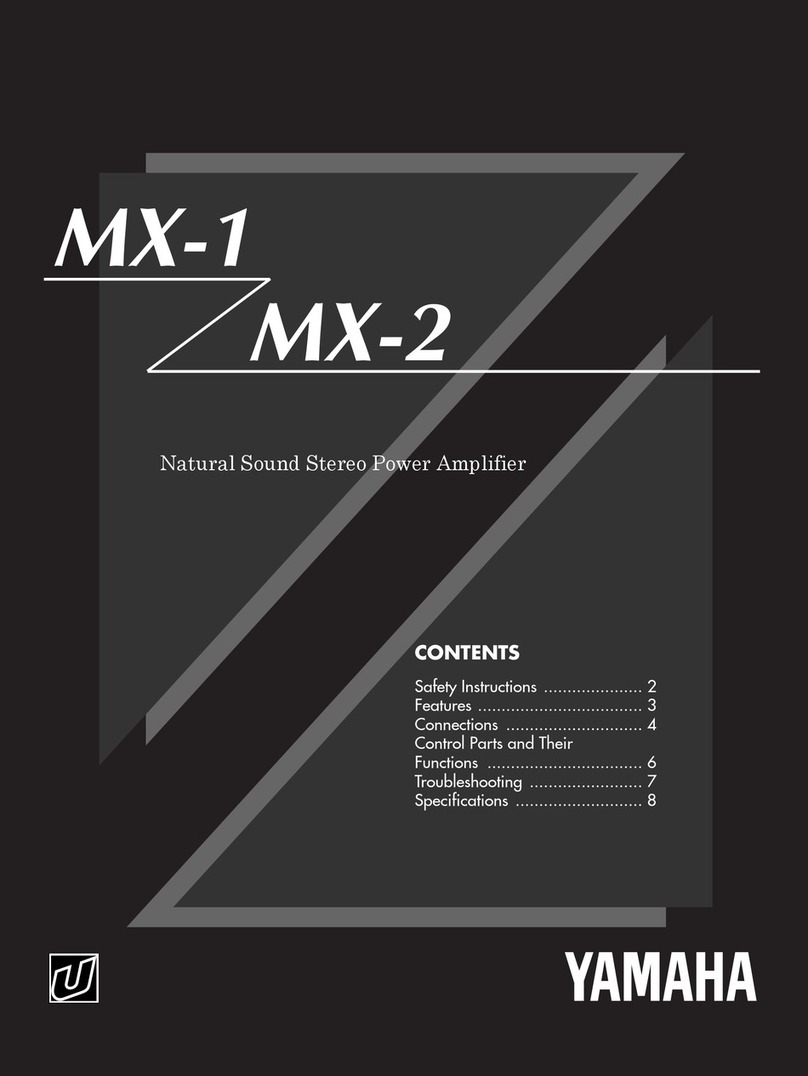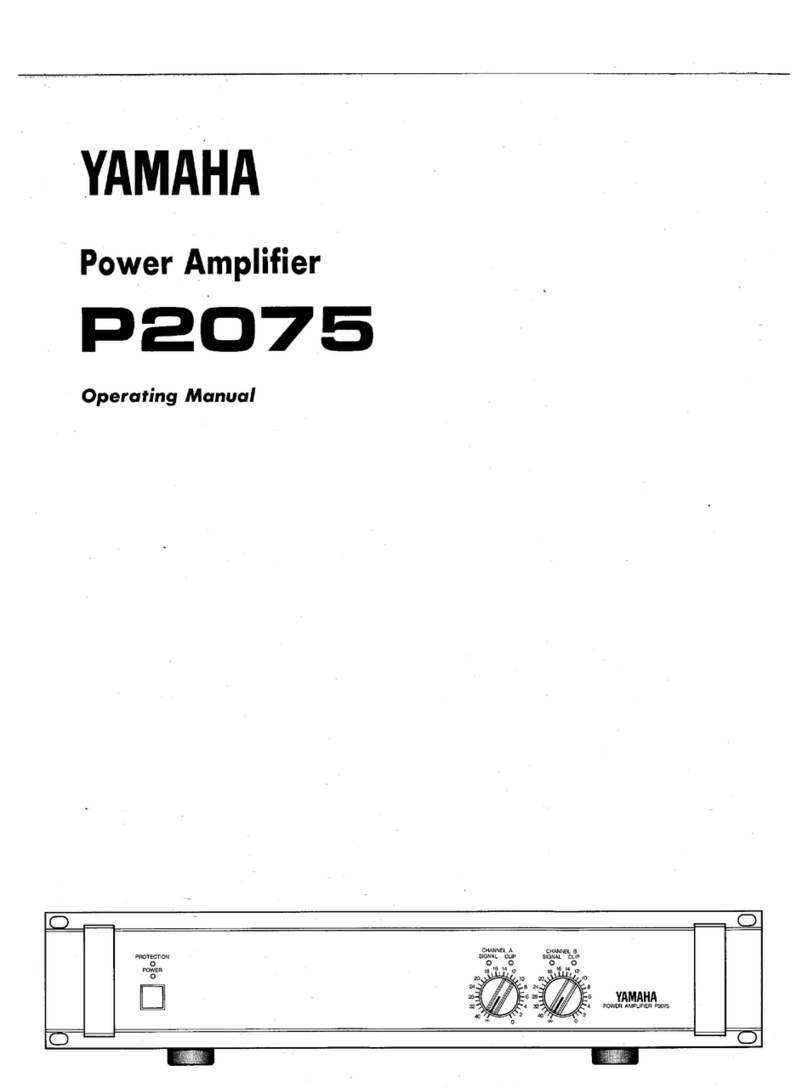Yamaha PC2002 User manual
Other Yamaha Amplifier manuals
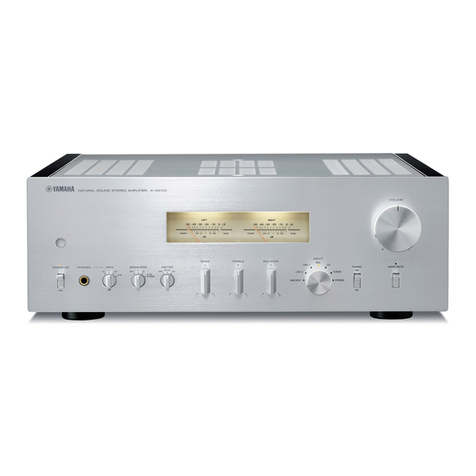
Yamaha
Yamaha A-S2100 User manual
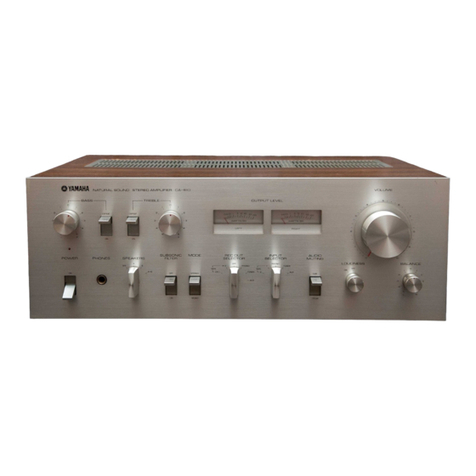
Yamaha
Yamaha CA-610 User manual

Yamaha
Yamaha M-85 User manual

Yamaha
Yamaha CA-610 User manual
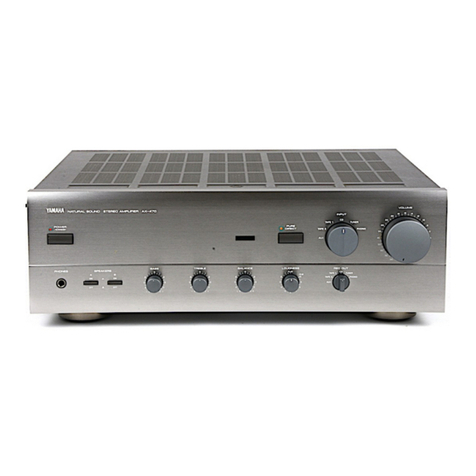
Yamaha
Yamaha AX-470 User manual

Yamaha
Yamaha XH150 User manual
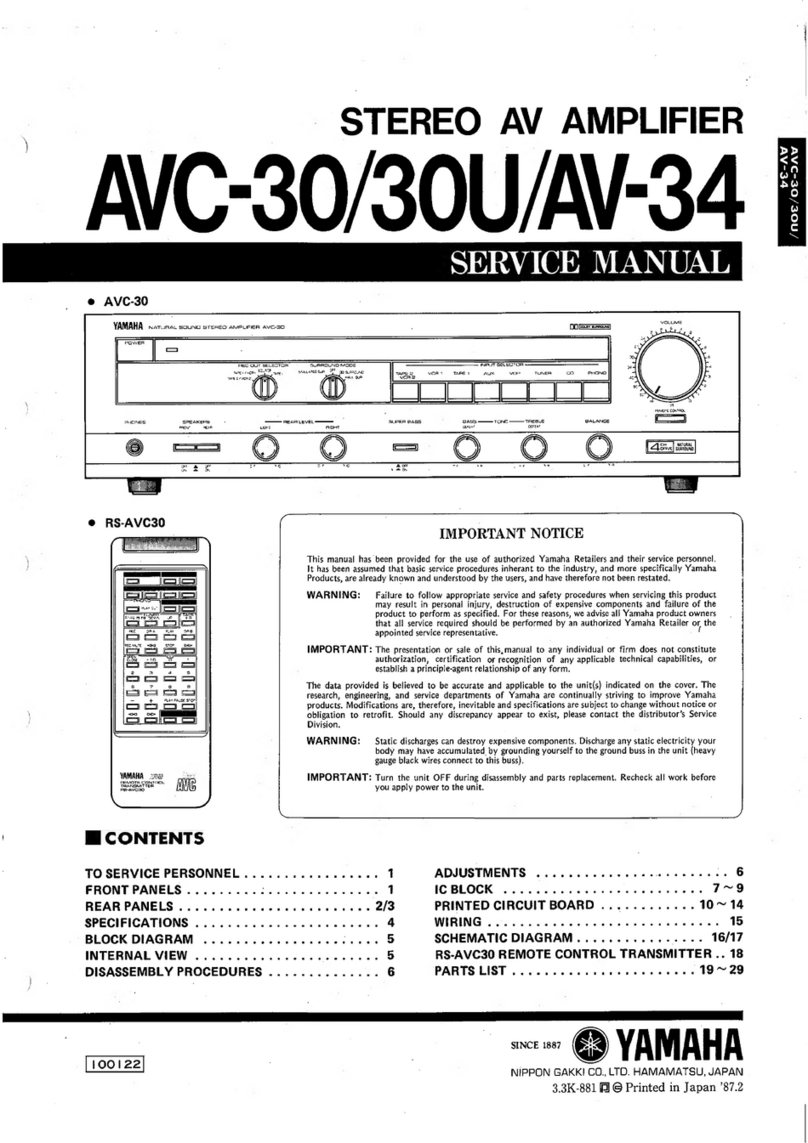
Yamaha
Yamaha ANC-30 User manual

Yamaha
Yamaha A-S3000 User manual
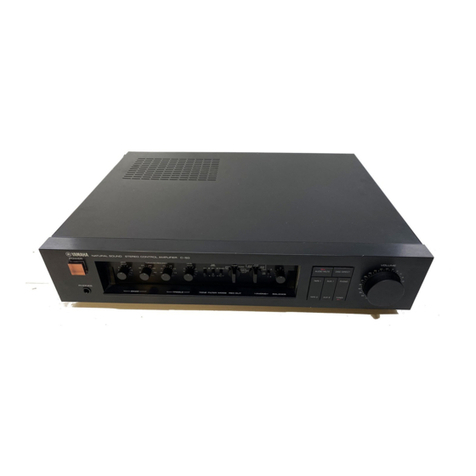
Yamaha
Yamaha C-50 User manual
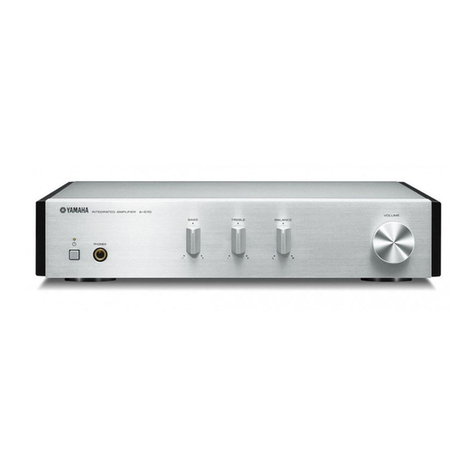
Yamaha
Yamaha A-670 User manual
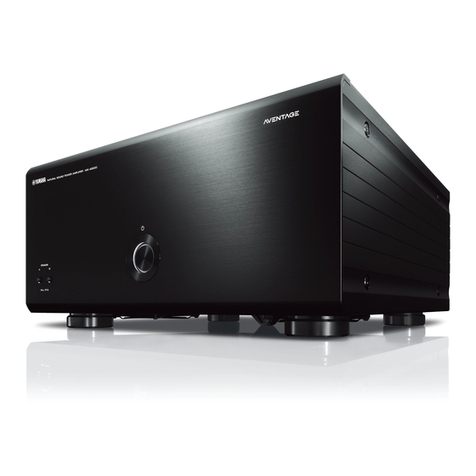
Yamaha
Yamaha MX-A5200BL User manual

Yamaha
Yamaha T-100 Guide
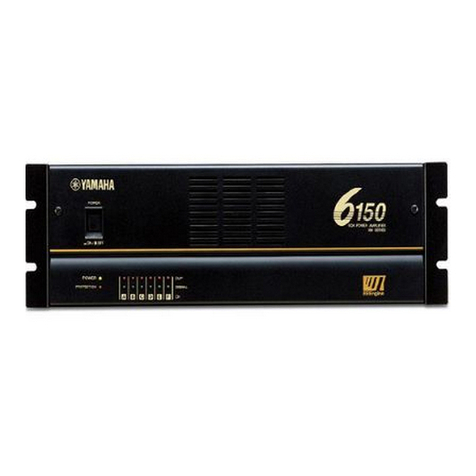
Yamaha
Yamaha XM6150 User manual
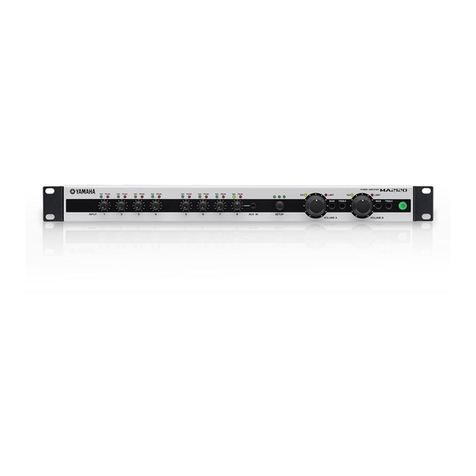
Yamaha
Yamaha MA2120 User manual
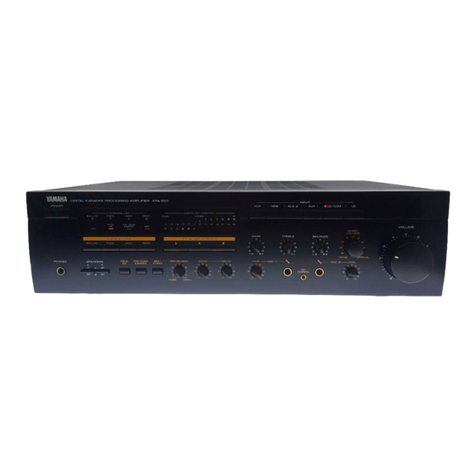
Yamaha
Yamaha KPA-501 User manual
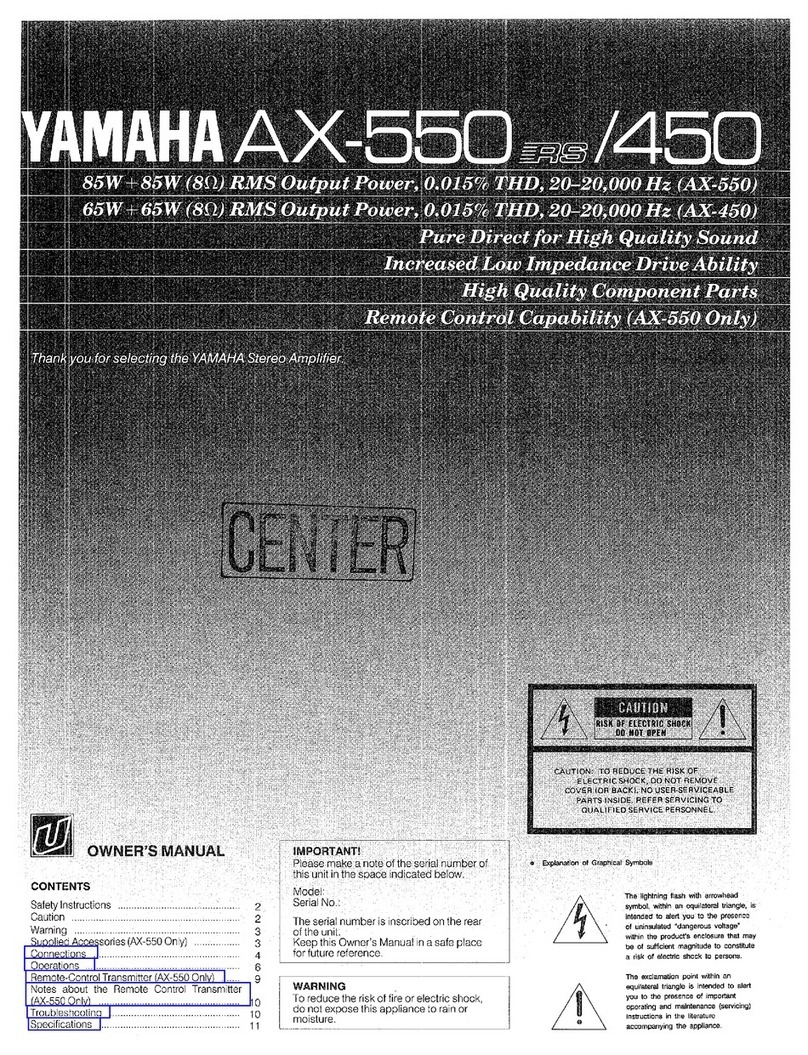
Yamaha
Yamaha AX-450 User manual

Yamaha
Yamaha AVX-500 User manual
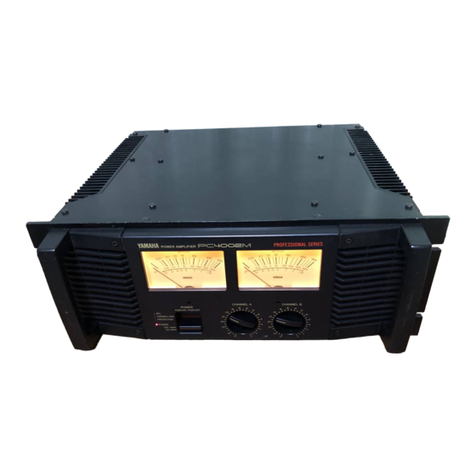
Yamaha
Yamaha PC4002 User manual

Yamaha
Yamaha A-960 User manual
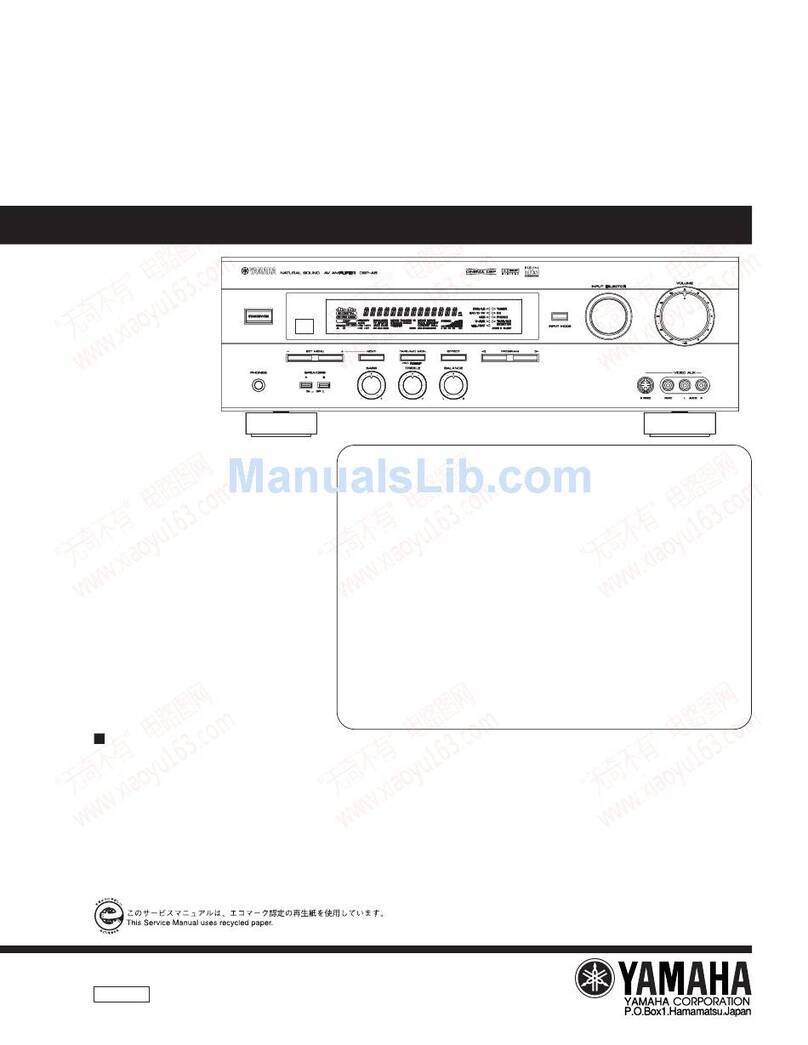
Yamaha
Yamaha DSP-A5 User manual

